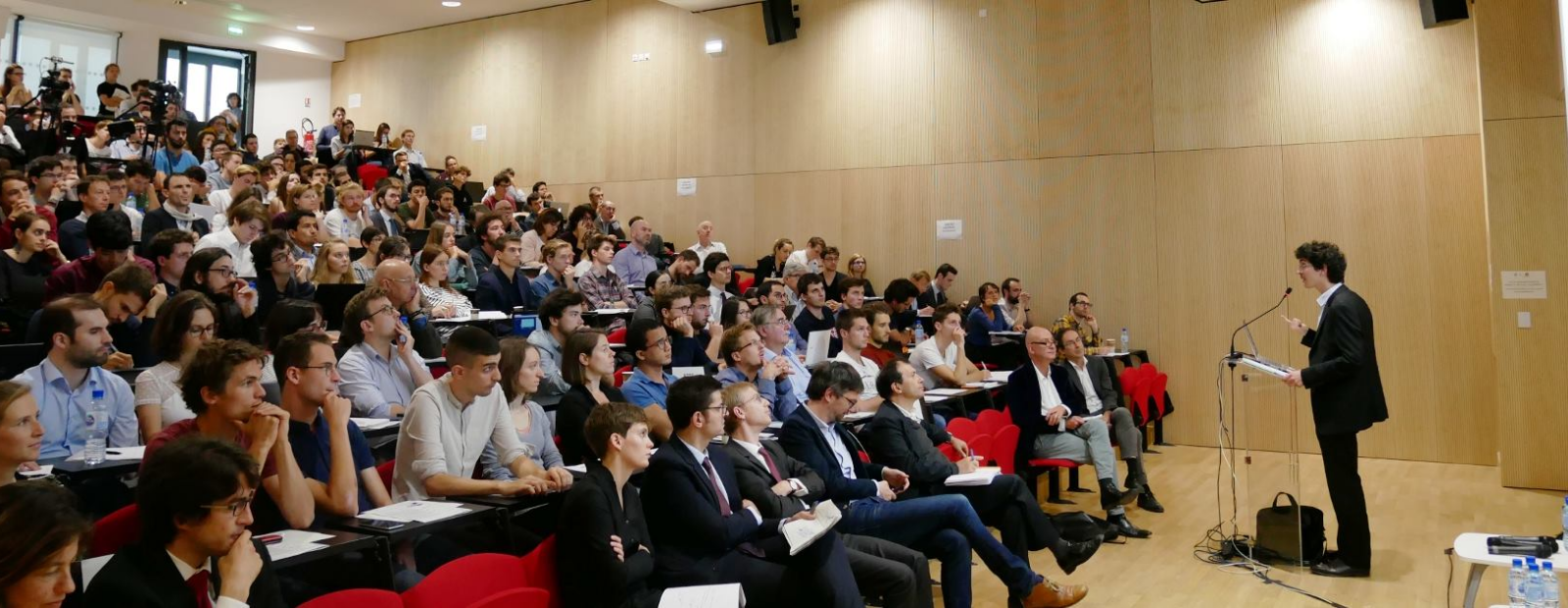Published in
- Senior Researcher
- INED
Research groups
Research themes
- Demographic History
- Economic and Social Mobility
- Work organization and employment relations
Contact
Address :48 Boulevard Jourdan,
75014 Paris
Campus:
Campus Jourdan
Floor: 5
Office: 67
Publications HAL
-
Distributing a Sane Beverage? The Social Differentiation of Access to Water in Paris Journal articleJournal: Journal of Urban History
-
Recovering lost French citizenship through reintegration Journal articleAuthor: Emmanuel Blanchard, Jules Lepoutre Journal: Population et sociétés
Published in
-
The Demographic Impacts of the Sieges of Paris, 1870“1871 Journal articleJournal: Population (édition française)
Published in
-
The Demographic Impacts of the Sieges of Paris, 1870–1871 Journal articleJournal: Population (édition française)
Published in
-
Quand le recensement comptait les Français musulmans Journal articleAuthor: Angéline Escafré-Dublet Journal: Population et sociétés
Published in
-
Intergenerational Wealth Mobility in France, 19th and 20th Century Journal articleJournal: Review of Income and Wealth
Published in
-
La greffe coloniale en métropole : les français musulmans dans le recensement de 1954 Journal articleAuthor: Angéline Escafré-Dublet Journal: Sociétés contemporaines
Published in
-
Sewers’ diffusion and the decline of mortality: The case of Paris, 1880–1914 Journal articleJournal: Journal of Urban Economics
Published in
-
La fin de vie, un monde de transitions Journal articleJournal: Annales de démographie historique
Published in
-
Short and long-term impacts of famines: The case of the siege of Paris 1870-1871 Pre-print, Working paper
Published in

